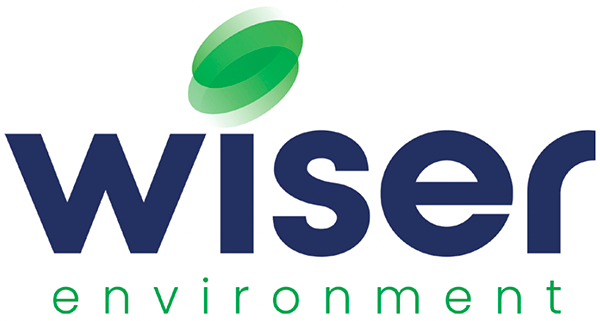New standard rules affecting landspreading will be published later this year following last month’s publication of the Environment Agency’s (EA) response to the latest landspreading consultation.

The key areas of change that are expected following the EA’s response include:
- Increase area covered by deployment
Allow deployments for continuously managed areas of land in excess of 50 hectares, only where a single crop type is cultivated - Storage of wastes prior to spreading
Storage limits will now apply to each deployment as opposed to each permit and the current 3000 tonnes limit will continue to apply, however within that there should be no more than 1250 tonnes of non- stackable (liquid) waste. - Restrictions on maximum application rates and no spreading periods in Groundwater Safeguard Zones (SGZ)
There will be restrictions imposed such as maximum application rates and periods of no-spreading on the application of high readily available nitrate (RAN) wastes to protect areas of vulnerable groundwater. - Amendments to the list of acceptable waste
Changes have been made to SR2010 #17 to include all non-hazardous waste listed in SR2010 #4, 5 & 6. - Pre-notification
There will be a requirement to notify the EA of the intention to spread. In the event that spreading ceases for more than seven days, the EA must be given at least 48 hours notice that spreading will re-commence. - Spreading in adverse conditions
Restriction will be applied which restricts the spreading of wastes to land if:- The land has been frozen for 12 hours or more in the preceding 24 hours
- The land is waterlogged, frozen or snow covered
The EA has stated that it will issue new and amended Standard Rules which will bring into effect the decisions resulting from consultation No.14 by the end of 2016.
Read the full report here.
